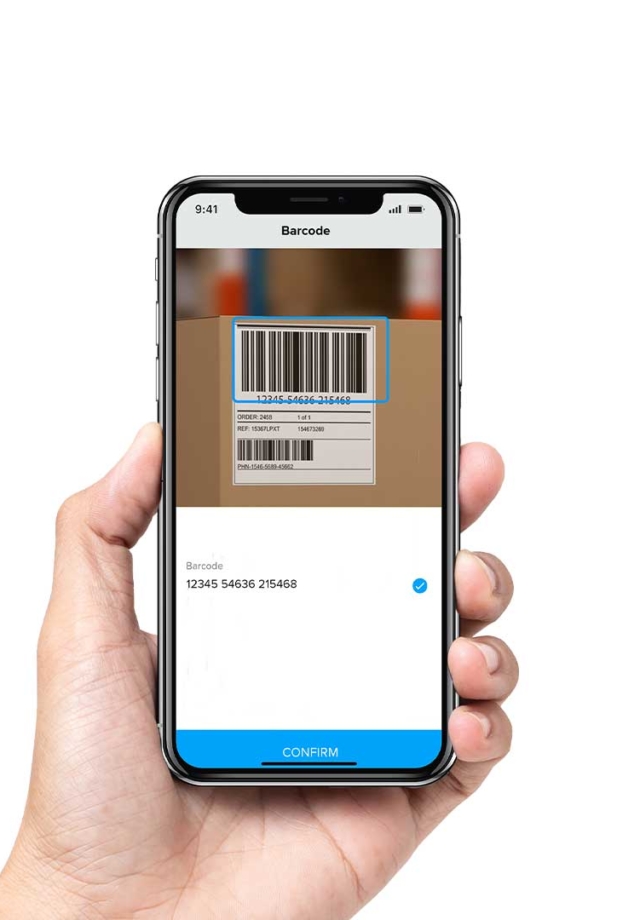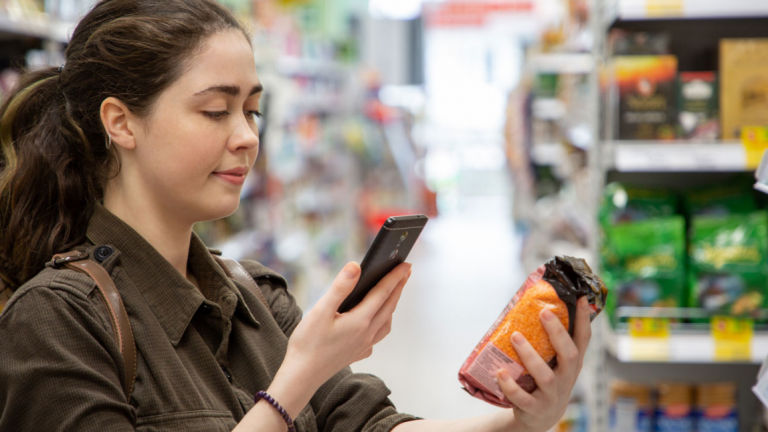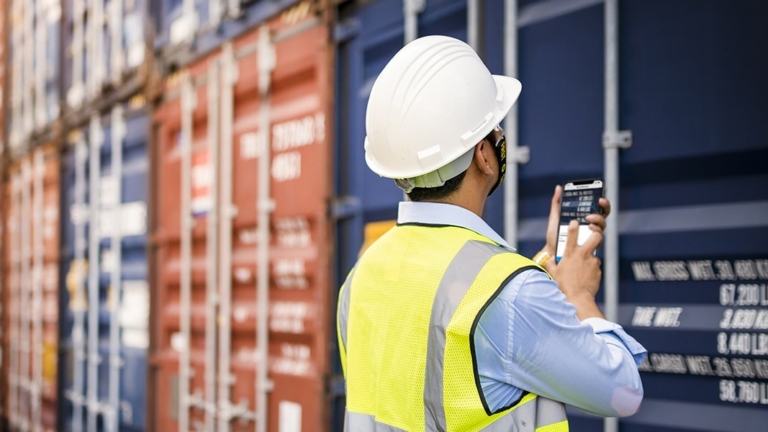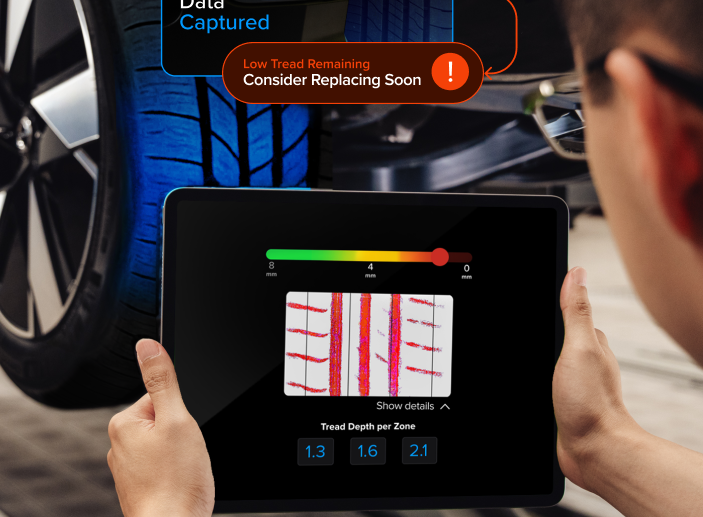
Hidden Ways That A Delivery Experience Affects The Bottom Line
As online shopping volume has increased dramatically during the pandemic, Last Mile delivery enterprises continue to scramble to meet new demands to optimize residential delivery workflows. The cost pressures are apparent. The Bureau of Economic Analysis (BEA) reports that the last mile of overall transportation costs makes up as much as 28% of logistics expenses. The transition from relatively stable demand to accelerated growth has ratcheted up the pressure.
Many Last Mile delivery enterprises have been compelled to add inexperienced or temporary workers. At the same time, Last Mile delivery enterprises have instituted stricter pandemic-driven safety measures to protect both customers and employees. COVID-19 infections and deaths are reaching new highs every day. New safety measures combined with other issues such as increased package thefts, chronic traffic in urban centers, and consumer demand for fast, on-time parcel deliveries are likely to continue to factor into the quality of delivery experiences for the foreseeable future.
What is bothering delivery customers the most today? What parts of the Last Mile delivery workflow must enterprises make more efficient without adding to budget headaches while simultaneously maintaining strong ties with package shippers and preserving profits?

No Option for In-Person Signature Confirmation
The signature confirmation option requires the signature of the intended recipient to complete the delivery transaction. It also implies that drivers will not hand over a parcel to any other person and they will not leave it with the neighbors or “near” the house.
This is the most effective way to stop theft and fraud as it ensures that drivers won’t release a parcel without a signature, and yet many Last Mile delivery enterprises do not offer this option.
Historically, the signature confirmation is an additional service for which consumers have had to pay extra. Last Mile delivery enterprises should take another look at in-person signature confirmation. It delivers clear bottom-line benefits and drivers equipped with barcode scanning and OCR-enabled mobile devices can quickly and easily complete this workflow.
Mobile data capture is inexpensive, requires virtually no training, and easily integrates into existing systems. This improvement keeps costs low and improves both customer and product seller satisfaction.
No Option for Contactless In-Person Delivery Confirmation
Major Last Mile delivery enterprises are trying to avoid offering a contactless in-person delivery confirmation option to maintain employee and customer safety and keep costs low. Bloomberg recently reported that in response to the coronavirus pandemic, FedEx Corp. and United Parcel Service Inc. have dropped the normal signature and identification rules for most package deliveries to protect customers and workers. In the end, this may well be penny-wise and pound-foolish because it invites unacceptable service from the customer’s perspective.
Anyline recently surveyed 500 women and men aged 18 and over in the United States to ascertain consumer preferences and attitudes about in-person package delivery in the age of Coronavirus. More than three in four consumers surveyed said that having an unacceptable delivery experience affects their decision to continue doing business with the delivery company or the enterprise from whom they acquired the item.
Contactless delivery does not mean signing for deliveries has to stop, it just needs to get better. With the right technology, new methods may be implemented easily, effectively, and affordably. In fact, the majority of consumers are expecting it.
Seven in ten consumers surveyed believe that “Last Mile” delivery enterprise workers should be able to confirm their identity and receipt of a package from a safe distance. Using a barcode scanning-enabled smartphone app, delivery drivers can easily capture recipients’ signatures and identities from driver’s licenses and passports quickly and efficiently at a safe distance.

Inability to Choose a Reasonable Delivery Time Window
While it is sometimes possible for the customer to track a package in route in the Last Mile, basic delivery tracking only lets the customer know that the product has arrived. It doesn’t indicate with certainty that the customer directly received the item.
Germany-based service quality management solutions provider, Spectos, reports 69% of consumers prefer a precisely defined time slot of two hours. Last Mile delivery enterprises can offer this window with greater confidence when they have a more accurate idea about how much time drivers are spending at individual delivery destinations.
Enterprises that furnish drivers with barcode scanning and OCR-enabled mobile apps can do that more accurately than competitors.
Drivers Making Late Deliveries of Perishables
Simply put, home delivery of perishable foods is a mega-disaster in the making if Last Mile delivery enterprises don’t improve the process. Part of the problem is the packaging. Part of the problem is transportation. Another part of the problem is perception. Each of these problems can be solved, but there are no regulations covering virtual food sales. Until there are, consumers will have to “vote with their feet” and use carriers that provide superior service.
In Food Safety News, Frank Yiannas, Walmart’s vice president for food safety remarked, “Twenty percent of food will be sold online by 2025.” Projections show 70 percent of consumers will be buying at least some of their food on the internet by then. The convenience of grocery shopping from home entails significant risks that are unknown to most consumers. 2017 research on food safety issues related to home-delivered proteins, (e.g., meat, fish, and poultry) revealed there are very few regulatory barriers to online food enterprises and the food parcels they send.
Many of them do not treat food any differently than other products they deliver. The researchers documented that almost half of the food orders — 47 percent — arrived at final destinations at temperatures above 40⁰F (4.4⁰C). That’s the top limit of the safe temperature zone where pathogens such as E. coli and Salmonella thrive. Some of the perishable food parcels arrived at 75⁰F (23.9⁰C). Clearly, this needs to change.

Enterprise Solutions for Last Mile Delivery Operations
Last Mile delivery enterprises equipping drivers with barcode scanning and OCR-enabled mobile apps can make the delivery process more efficient and mitigate some of the risks associated with the late delivery of perishable food items.
Get the full results of the 2021 Anyline US Logistics Survey referenced in this post and feel free to get in contact with us – we provide you with the right tools and professional expertise to optimize your last mile delivery operations.




